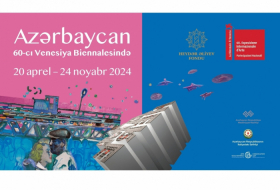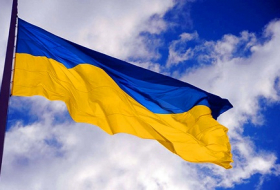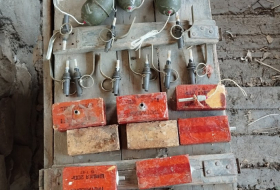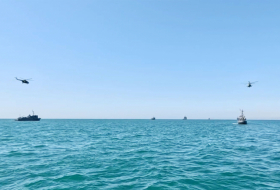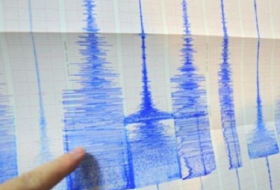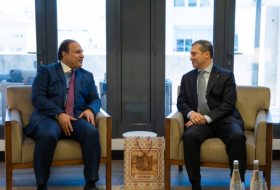OSCE well aware of how dangerous Karabakh conflict is - Steinmeier
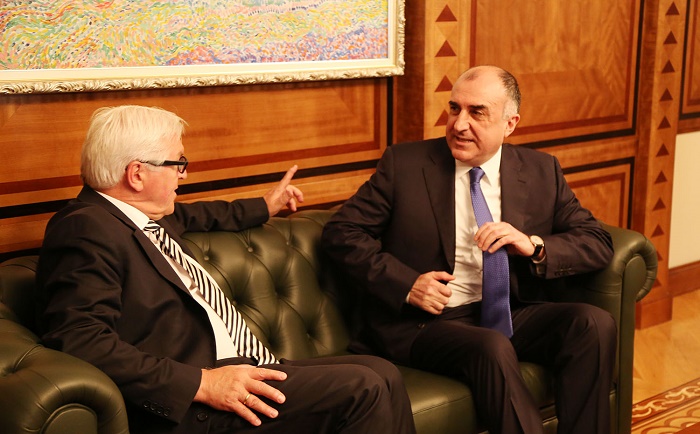
He made the remarks during a joint briefing with Azerbaijan’s Foreign Minister Elmar Mammadyarov in Baku June 30.
According to him, nothing is guaranteed of the conflict’s future.
There is a need to come to a conclusion on stabilization and restore peace in the region, noted the OSCE chief.
Steinmeier said all the necessary actions will be taken to strengthen the ceasefire regime.
“After the April clashes, we need compromise and proposals more than before. We want the conflict settled in a constructive way. To settle the conflict, we have to use the presidents’ opportunities to meet, and hold serious discussions for restoration and maintenance of the ceasefire,” he said.
According to him, the OSCE co-chairs are working on peace settlement.
“We must be active on this issue. We want regular discussions to be held for peace settlement. We should take the advantage of the current advancements. Discussions should be held on a regional scale, not only within the OSCE. The status quo is unacceptable and cannot be overlooked. The OSCE role in the region is high. The April clashes showed that the OSCE role is vital. What’s important is that we have restored the ceasefire. And now we’ll try achieve a solution,” added Steinmeier.
He called Azerbaijan a strong player in the South Caucasus region.
The Nagorno-Karabakh conflict entered its modern phase when the Armenian SRR made territorial claims against the Azerbaijani SSR in 1988.
A fierce war broke out between Azerbaijan and Armenia over the Nagorno-Karabakh region of Azerbaijan. As a result of the war, Armenian armed forces occupied some 20 percent of Azerbaijani territory which includes Nagorno-Karabakh and seven adjacent districts (Lachin, Kalbajar, Aghdam, Fuzuli, Jabrayil, Gubadli and Zangilan), and over a million Azerbaijanis became refugees and internally displaced people.
The military operations finally came to an end when Azerbaijan and Armenia signed a ceasefire agreement in Bishkek in 1994.
Dealing with the settlement of the Nagorno-Karabakh conflict is the OSCE Minsk Group, which was created after the meeting of the CSCE (OSCE after the Budapest summit held in Dec.1994) Ministerial Council in Helsinki on 24 March 1992. The Group’s members include Azerbaijan, Armenia, Russia, the United States, France, Italy, Germany, Turkey, Belarus, Finland and Sweden.
Besides, the OSCE Minsk Group has a co-chairmanship institution, comprised of Russian, the US and French co-chairs, which began operating in 1996.
Resolutions 822, 853, 874 and 884 of the UN Security Council, which were passed in short intervals in 1993, and other resolutions adopted by the UN General Assembly, PACE, OSCE, OIC, and other organizations require Armenia to unconditionally withdraw its troops from Nagorno-Karabakh.


















